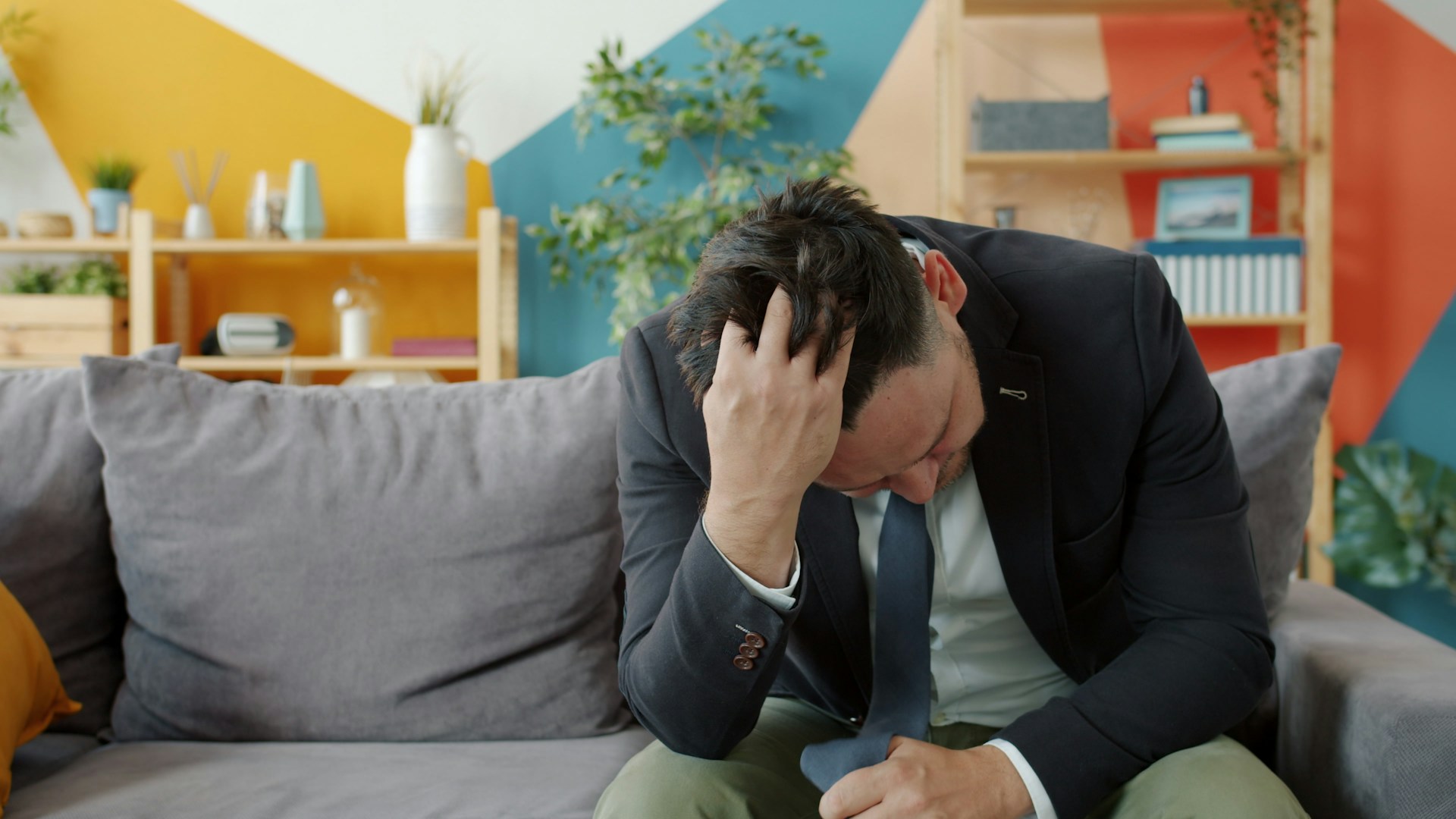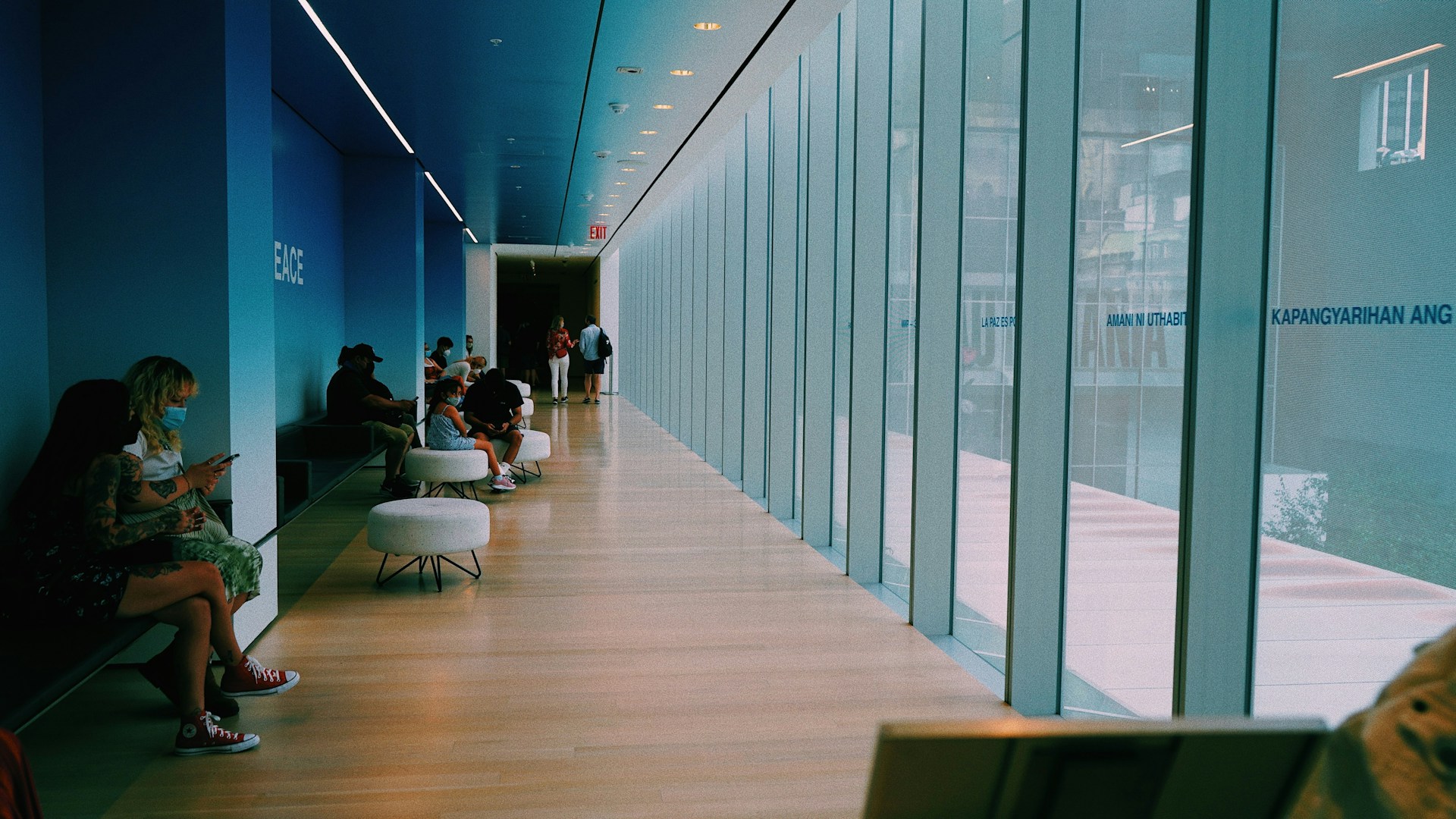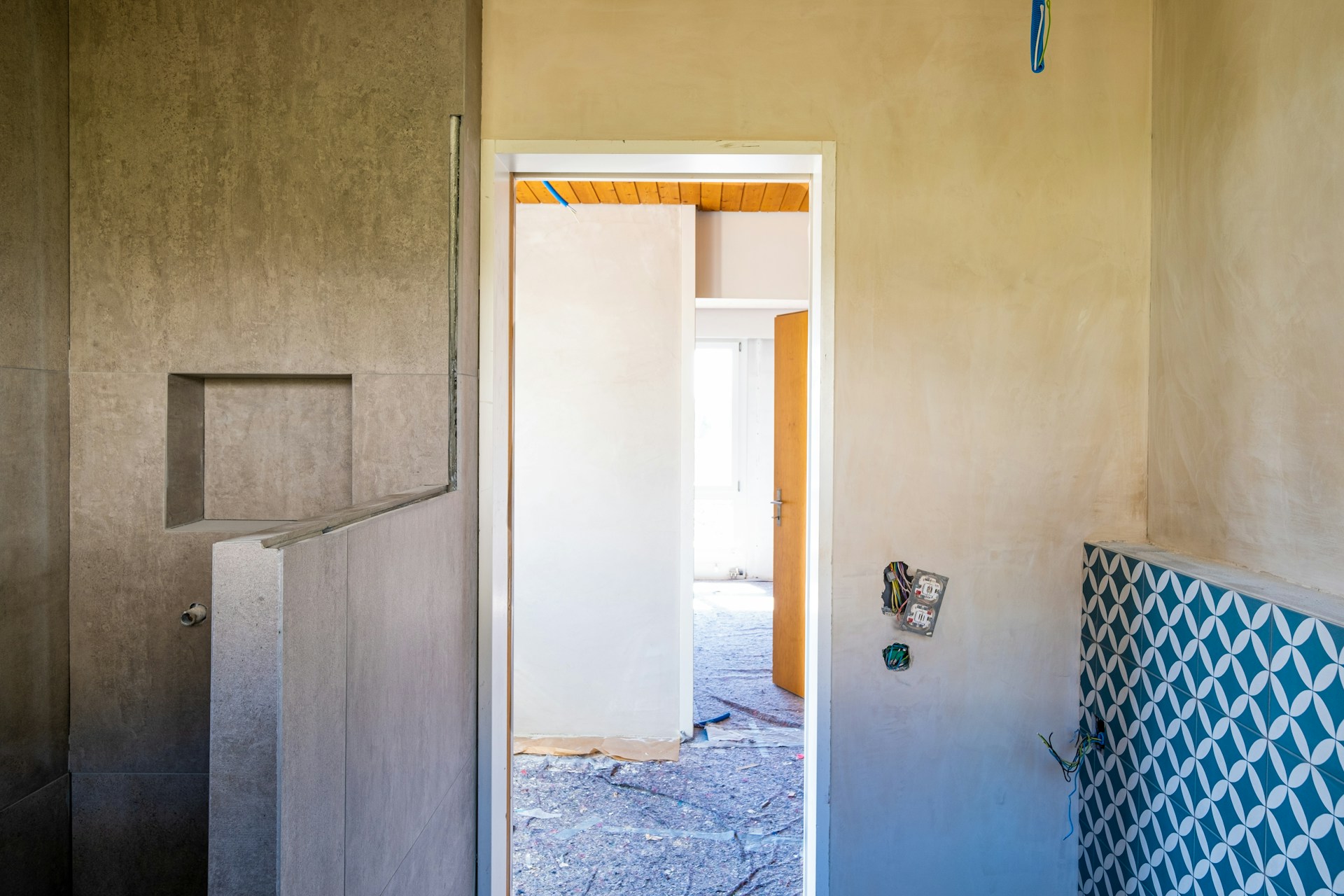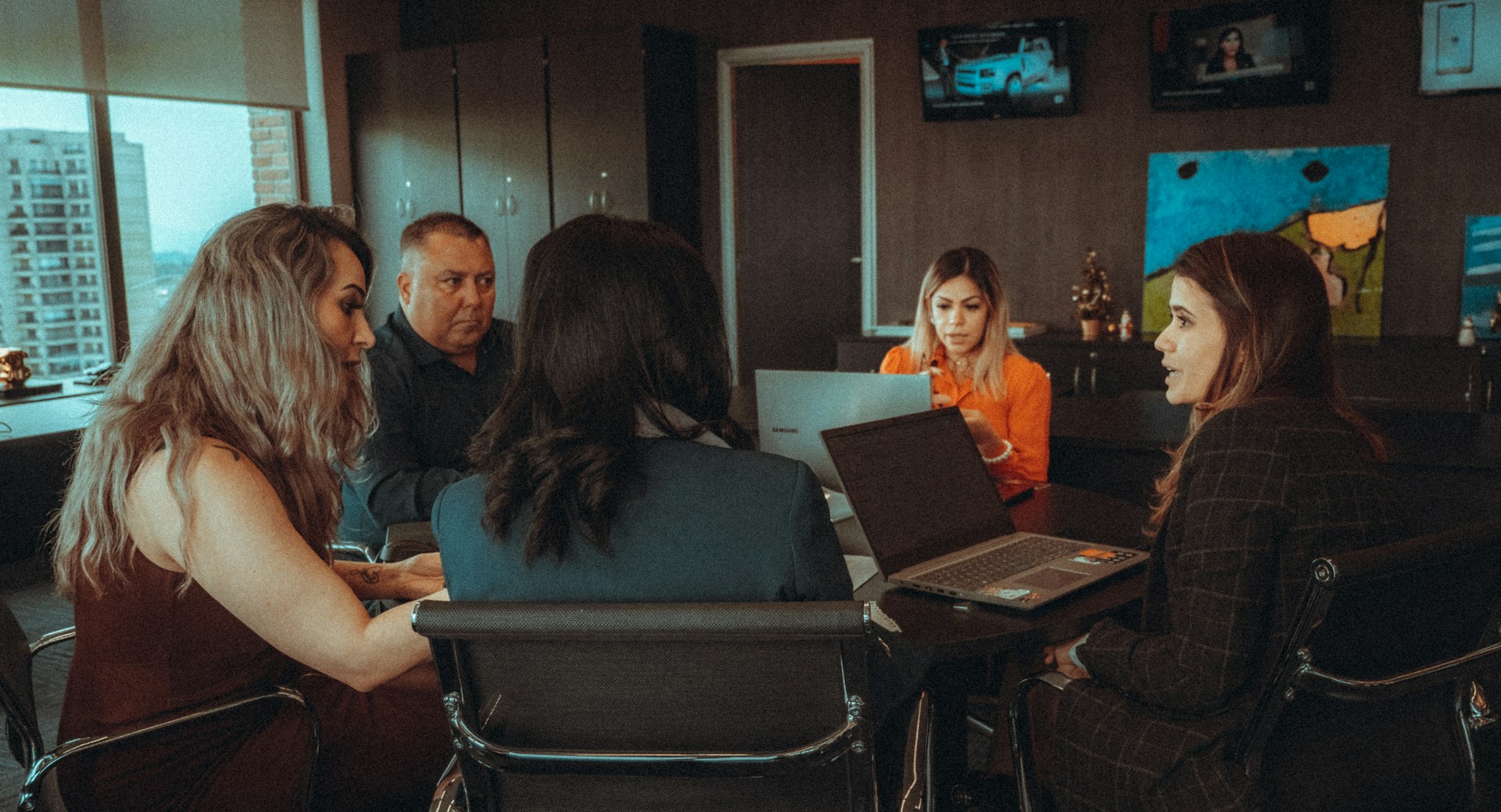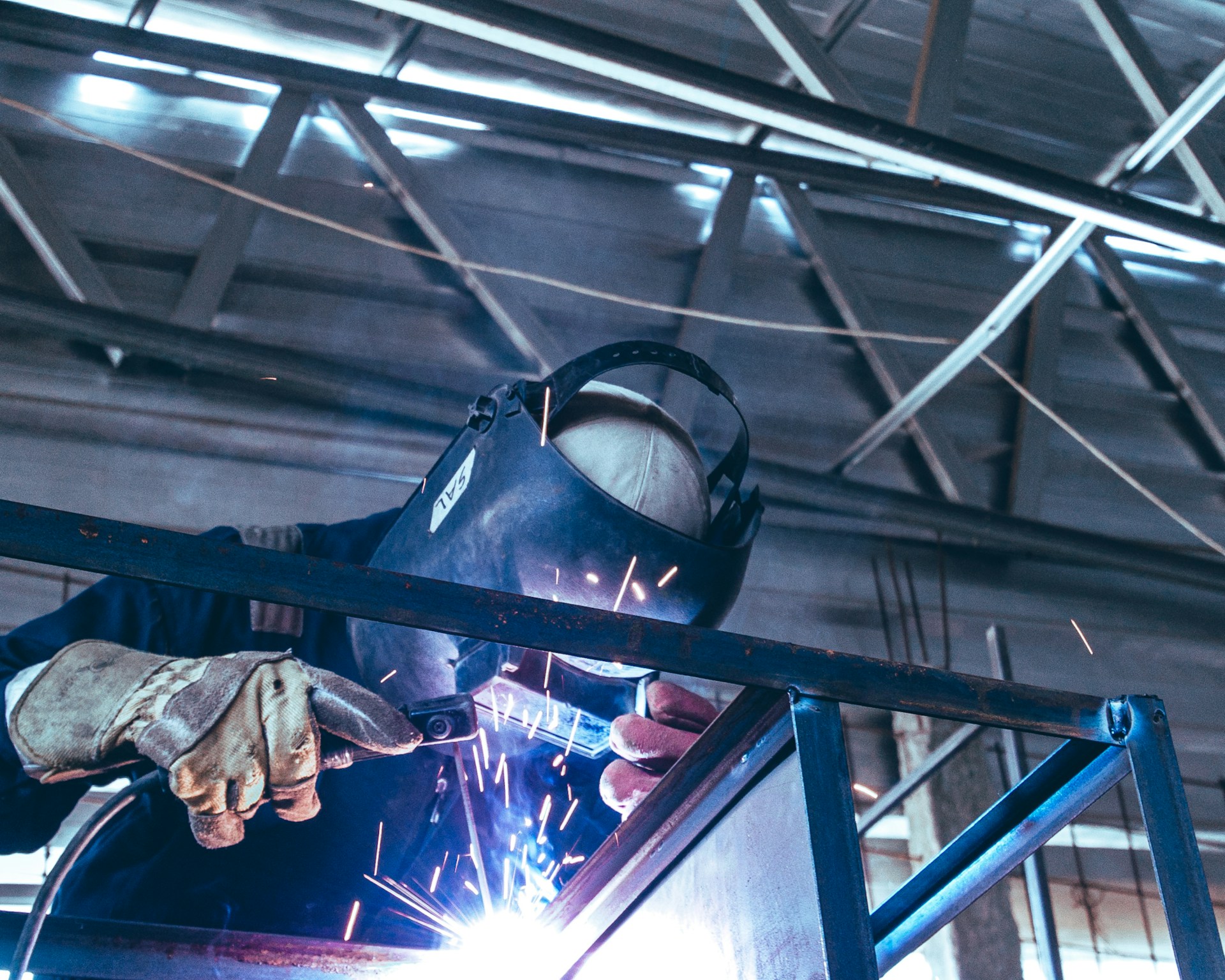Falls are a leading cause of injury for seniors, with potential consequences that can impact quality of life. However, many falls and their associated injuries can be prevented with proactive steps and thoughtful adjustments at home.
This blog provides practical home safety tips and mobility strategies designed to reduce the risk of falls and keep seniors safe. By implementing these measures, older adults and their families can create a secure living environment that promotes independence and peace of mind.
Why Fall Prevention Matters for Seniors
Falls are not just accidents; they can significantly affect mobility, health, and independence, especially for older adults. According to the National Institute on Aging, one in four seniors experiences a fall each year.
Furthermore, many falls result in severe injuries such as fractures and head trauma. Preventing falls is essential for minimizing health complications and preserving the well-being of seniors.
Organizations like Spectrum Healthcare also emphasize that fall prevention is a critical component of senior safety, combating one of the most preventable risks experienced by older adults.
The following mobility tips focus on making homes safer, improving mobility, and empowering seniors to lead active, injury-free lives.
Make the Living Room and Bedroom Senior Friendly
Reduce Clutter
The first step to improving safety is keeping high-traffic areas in the house free from obstacles. Items like unnecessary furniture, loose cords, and clutter can lead to tripping hazards. Keep walkways open and tidy for better mobility.
Arrange Furniture Strategically
Place furniture in ways that encourage steady movement and balance. For instance, ensure chairs are at a comfortable height and close to tables for support when transitioning from sitting to standing. Add nightstands near beds so essentials, such as glasses or medications, are within easy reach.
Improve Lighting
Good lighting makes it easier to see hazards and avoid falls. Add nightlights to hallways, bedrooms, and bathrooms to reduce the risk of accidents during nighttime. Consider motion-activated lights to illuminate pathways instantly when movement is detected.
Focus on Bathroom Safety Measures
Install Grab Bars
Bathrooms are one of the most common places for falls to occur. Installing grab bars near the shower, bathtub, and toilet provides extra support and stability for seniors, regardless of their physical fitness.
Use Non-Slip Mats
Slippery surfaces are a major risk factor in bathrooms. Invest in high-quality, non-slip mats for the bathtub and bathroom floor. These mats can significantly reduce the chance of slipping when the floor or tub is wet.
Consider a Walk-In Tub or Shower
Walk-in tubs or low-threshold showers are excellent investments for senior households. They make it easier to bathe without the need to step over high edges, effectively reducing fall risks during daily hygiene routines.
Create Safer Staircases
Install Sturdy Handrails
Handrails are a necessity for any staircase in a senior household. Ensure they are installed on both sides of the stairs and are securely fastened for maximum reliability.
Enhance Stair Visibility
Poorly lit staircases increase the risk of falls. Use brighter lighting or adhesive strips on each step to improve visibility. Seniors with vision issues can benefit from contrasting colors on the edges of stairs.
Encourage One-Step-at-a-Time Practices
When navigating stairs, encourage going one step at a time while holding on to the handrail. Teach safe stair navigation practices to build safer daily habits.
Improve Kitchen Safety and Accessibility
Rearrange Cabinets
Keep frequently used items in cabinets or shelves that are easy to reach. Avoid using high or low storage areas that might require seniors to stretch too far or bend down.
Use Anti-Slip Flooring
Kitchen spills can lead to dangerous falls. Use non-slip mats in areas prone to moisture, such as near the sink and stove, to provide extra grip.
Invest in Ergonomic Tools
Using lightweight and ergonomic kitchen tools can help seniors maintain control while chopping, stirring, or pouring. These tools reduce strain on aging joints, making cooking safer and less overwhelming.
Footwear and Mobility Aids
Wear Proper Footwear
Many seniors wear slippers or socks around the house, which can lead to slipping. Encourage wearing well-fitting, non-slip shoes indoors to improve balance and grip.
Consider Walking Aids
For seniors with mobility challenges, walking aids such as canes or walkers can provide stability and support. Talk with healthcare professionals or Spectrum Healthcare experts to find the most suitable mobility aid for specific needs.
Practice Balance Exercises
Simple exercises, such as yoga or tai chi, can greatly improve balance and coordination. Encourage seniors to participate in classes or practice balance-improving activities at home.
Turn Safety Into a Family Priority
Encourage Regular Home Inspections
Schedule bi-weekly or monthly walkthroughs of the house to check for potential hazards such as loose railings, frayed carpets, or unstable furniture. Address these issues promptly to maintain a safe environment.
Stay Connected
Use technology like personal emergency response systems (PERS) to ensure help is always just a button away. These systems allow seniors to call for assistance immediately in case of falls or emergencies.
Educate Caregivers and Guests
Ensure caregivers, family members, and guests are aware of safety rules in the household. Whether it means clearing clutter immediately or ensuring lights remain on in key areas, everyone’s cooperation creates a safer living environment.
Help Seniors Stay Active and Independent
The goal of these home safety tips is not only to prevent falls but also to help seniors maintain their independence and confidence. By implementing small but meaningful changes, families can work together to create an environment where older adults can thrive.
If you’re ready to take fall prevention seriously, Spectrum Healthcare is here to support you. Their experts provide tailored guidance on senior safety, mobility tips, and home evaluations to reduce fall risks effectively.
Remember, fall prevention starts with awareness and simple adjustments. Act now to make your home a safer place for your loved ones.

